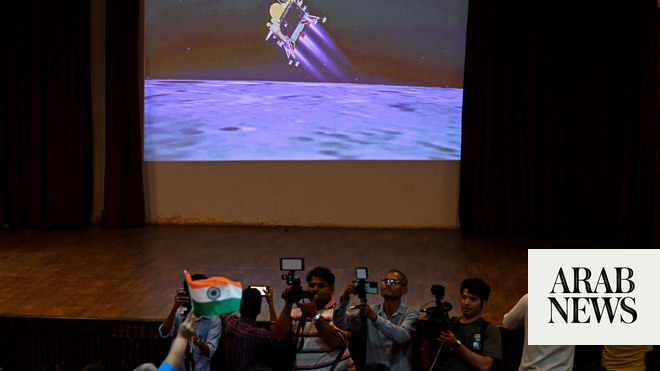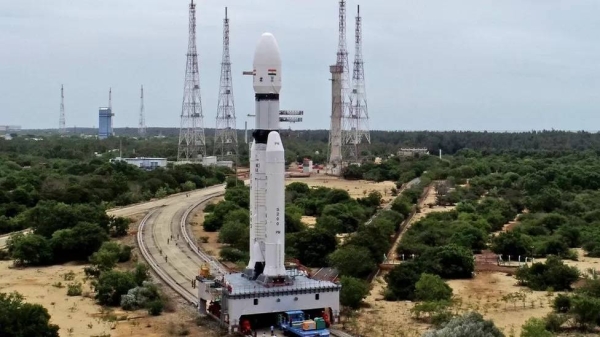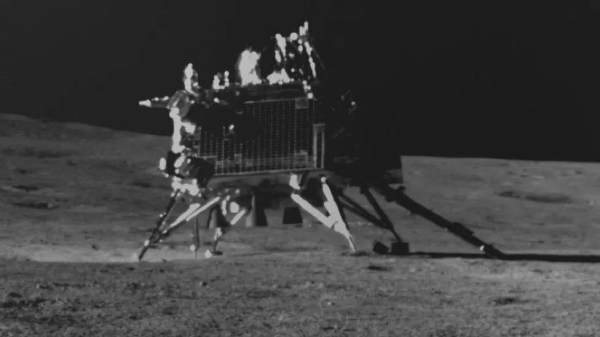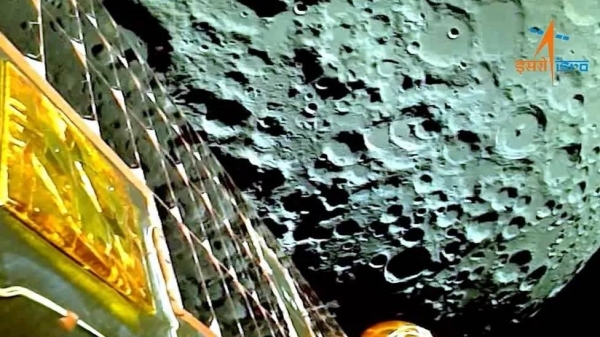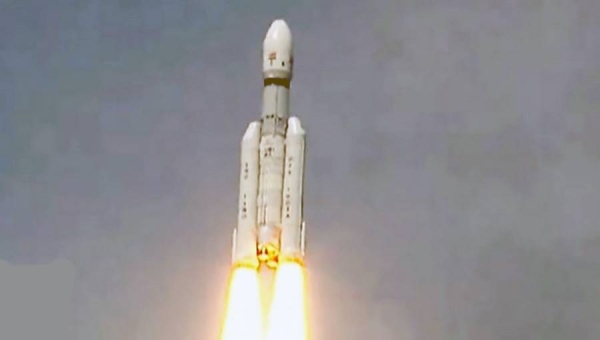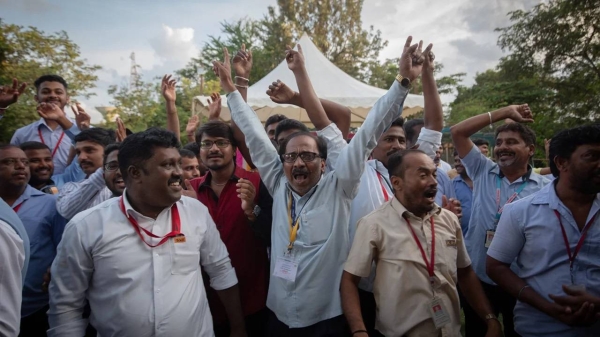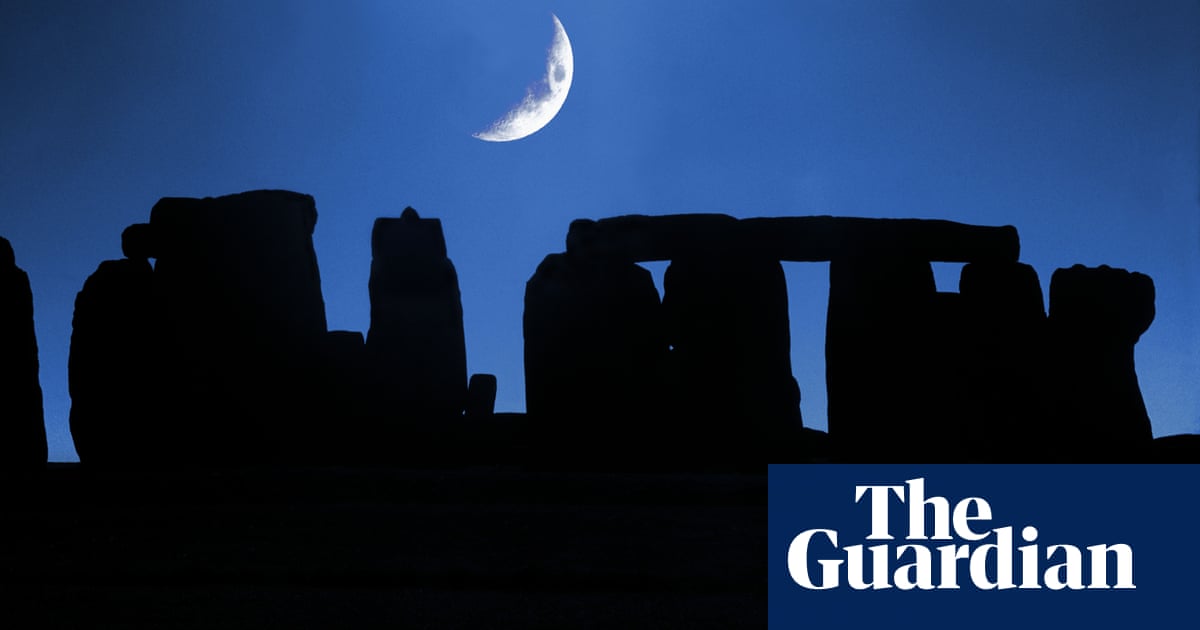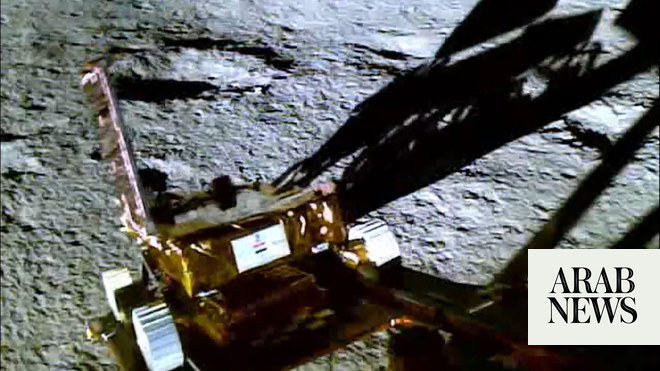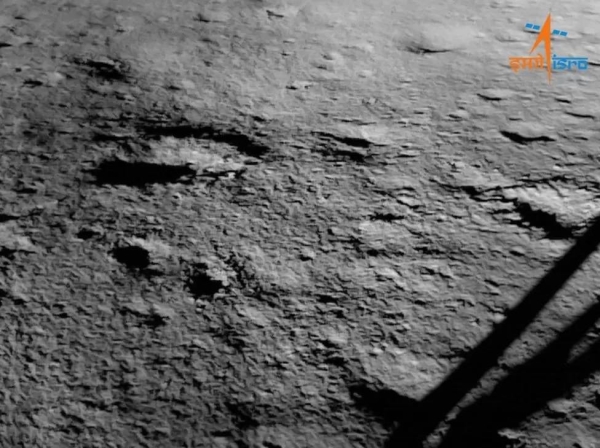
India"s Moon rover has taken its first steps on the lunar surface a day after the country made history by becoming the first to land near the south pole.
Chandrayaan-3"s rover "ramped down" from the lander and "India took a walk on the Moon!", the space agency said.
The Vikram lander successfully touched down as planned on Wednesday evening.
With this, India joins an elite club of countries to achieve a soft landing on the Moon, after the US, the former Soviet Union and China.
The 26kg rover called Pragyaan (the Sanskrit word for wisdom) was carried to the Moon in the Vikram lander"s belly.
After the dust raised by last evening"s landing had settled, panels on one side of Vikram opened to deploy a ramp to enable Pragyaan to slide down to the lunar surface.
It will now roam around the rocks and craters, gathering crucial data and images to be sent back to Earth for analysis.
Pragyaan is carrying two scientific instruments which will try to find out what minerals are present on the lunar surface and study the chemical composition of the soil.
Pragyaan will communicate only with the lander which will send the information to the orbiter from Chandrayaan-2 — which is still circling the Moon — to pass it on to the Earth for analysis.
The Indian Space Research Organisation (Isro) has said that the rover will move at a speed of 1cm per second — with each step it will also leave on the Moon"s surface the imprint of Isro"s logo and emblem embossed on its six wheels.
The landing coincides with the start of a lunar day — a day on the Moon equals a little over four weeks on Earth and this will mean the lander and rover will have 14 days of sunlight to charge their batteries.
Once night falls, they will discharge and stop working. It is not yet clear whether they will come back to life when the next lunar day starts.
The lander is also carrying several scientific instruments which will help find out what goes on the Moon"s surface and above and below it.
Moon is thought to hold important minerals but one of the major goals of Chandrayaan-3 is to hunt for water — scientists say the huge craters in the south pole region which are permanently in shadow hold ice which could support human habitation on the Moon in future.
It could also be used for supplying propellant for spacecraft headed to Mars and other distant destinations.
On Wednesday, tense moments preceded the touchdown as the lander began its precarious descent. The lander"s speed was gradually reduced from 1.68km per second to almost zero, enabling it to make a soft landing on the lunar surface.
The historic moment was greeted with celebrations across the country, with Prime Minister Narendra Modi saying "India is now on the Moon" and that "we have reached where no other country could".
The landing came just days after Russia"s Luna-25 spacecraft spun out of control and crashed into the Moon.
The crash also put the spotlight on the difficult terrain of the south pole region where the surface is "very uneven" and "full of craters and boulders".
India"s second lunar mission, which also attempted to soft-land there in 2019, was unsuccessful — its lander and rover were destroyed, though its orbiter survived. Its continues to circle the Moon even today and is helping the Vikram lander send images and data to Earth for analysis.
India is not the only country with an eye on the Moon — there"s a growing global interest in it, with many other missions headed to the lunar surface in the near future. And scientists say there is still much to understand about the Moon that"s often described as a gateway to deep space. — BBC




